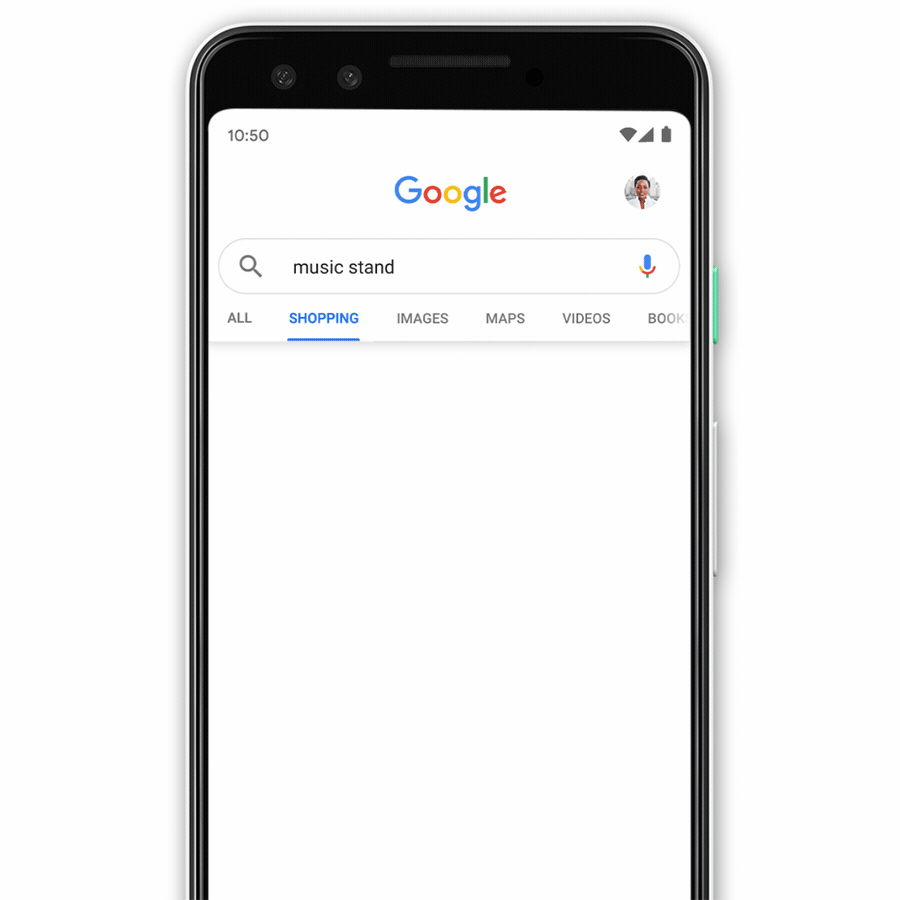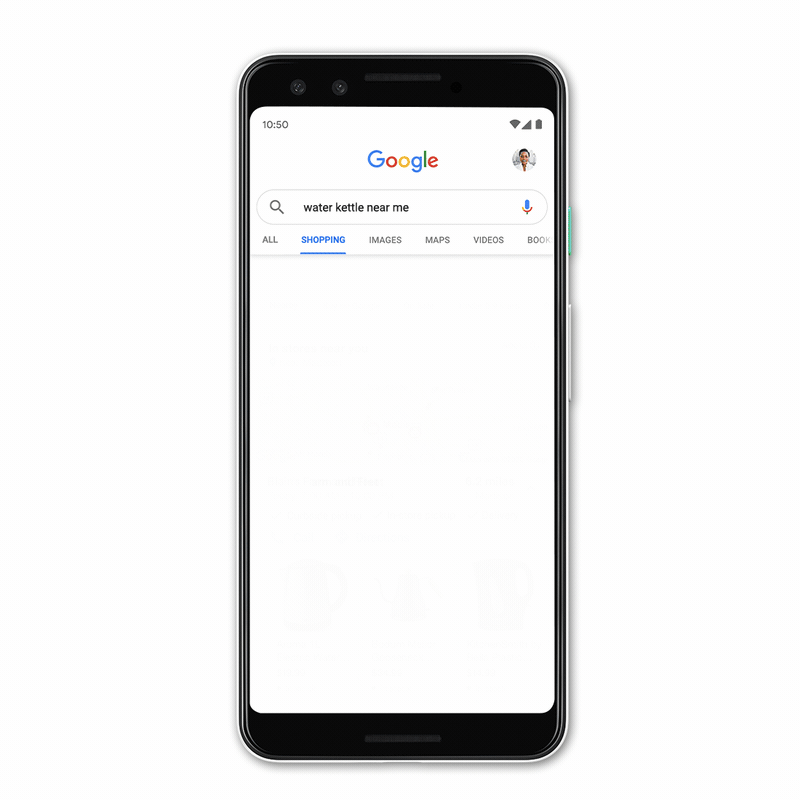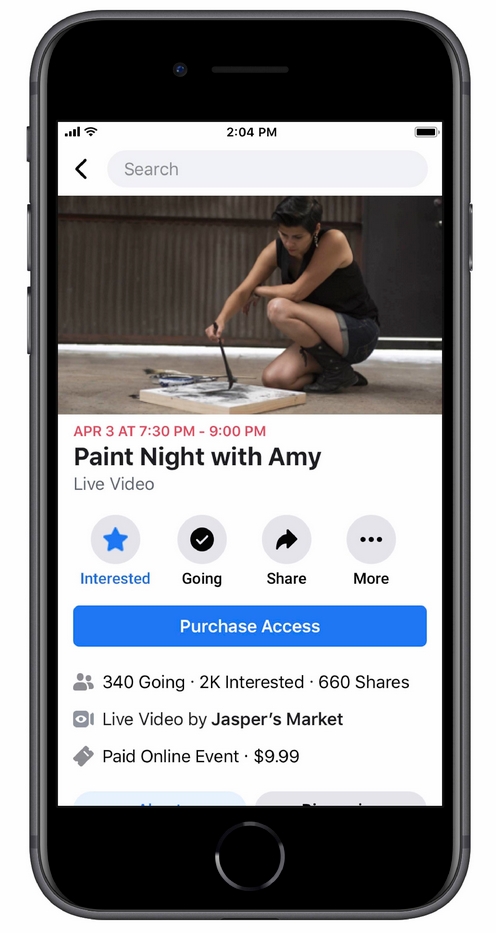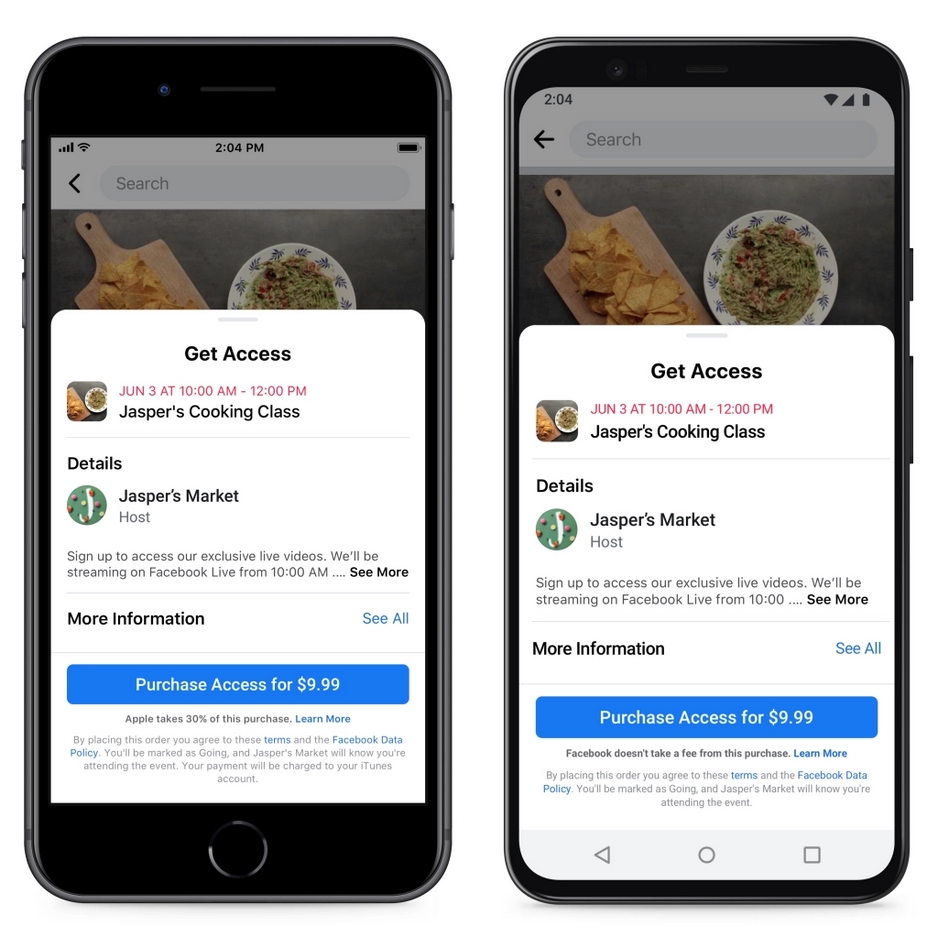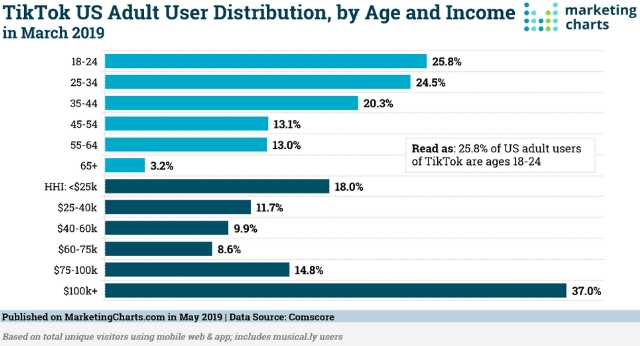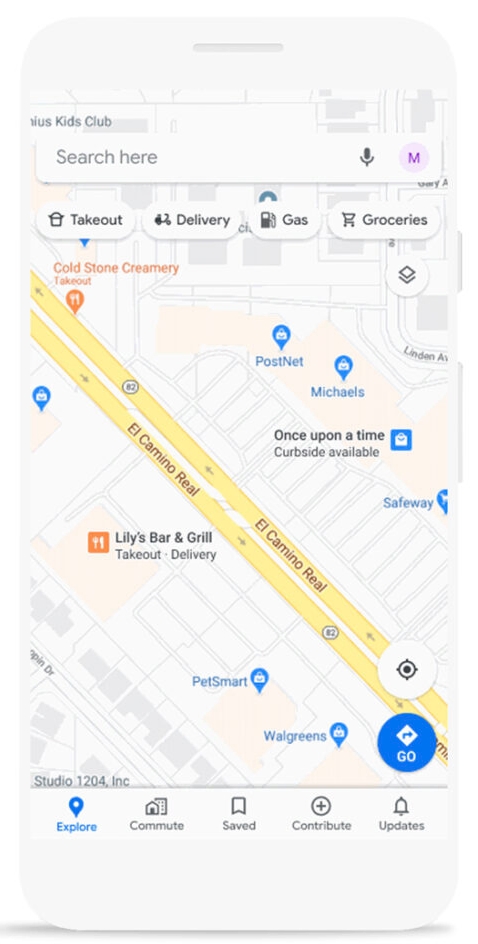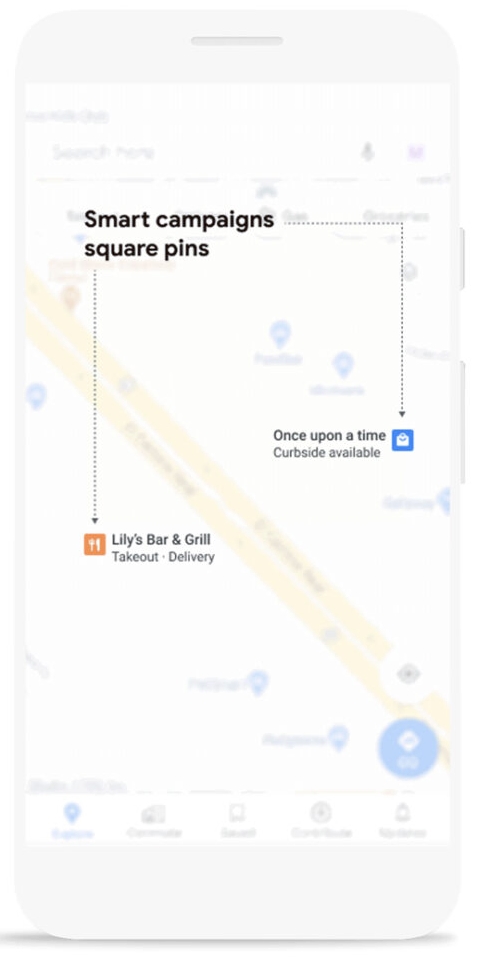Instagram is making it easier for small businesses to get the most out of Instagram Shops with a new mini-site full of resources, guides, and set-up tools.
Instagram Shops is a free way for businesses to set up an online store and complete sales on one of the most popular social networks.
While Shops require third-party e-commerce parties to handle payment, they make it possible for people to complete the entire purchase without ever needing to leave the Instagram app – making the entire process seamless.
Since Instagram Shops only launched in May, many businesses may not even know Instagram Shops exist or how to get in on the action for themselves. So, Instagram took the step of putting as many resources in one place as possible to help get started.
‘The Season For Shops’
The new mini-site is called ‘The Season for Shops’ and caters to brands trying out Instagram Shops for the first time.
The most important features include:
Setting Up Shop
First and foremost, this guide provides step-by-step instructions for setting up your storefront, including signing up for and connecting accounts across platforms.
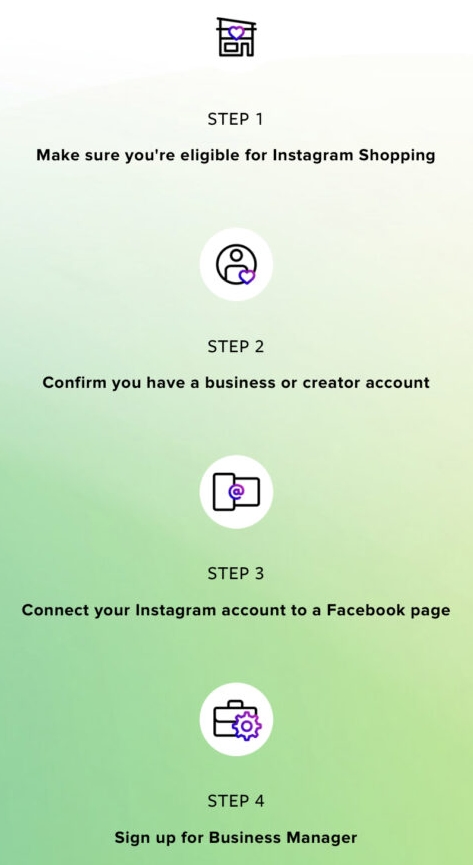
Help Guides
Once you’ve got your shop set up, these guides will help you take the next step to make your products easy to browse and purchase.
Tagging Products
Tagging products in your feed posts, stories, and streams allows people to immediately browse and buy your products as soon as they see them. This is key for making it convenient to go from scrolling through your feed to clicking buy.
To help you get started tagging your products effectively, The Season for Shops site has two guides available:
- Start Tagging: A 19-page guide with detailed information on the variety of product tag types.
- Tag With Purpose: A simple guide to the do’s and don’ts of tagging.
Collections
Another important way to make your products easy to browse is by grouping related products into Collections.
This allows users to browse through your products like any category on your store website. It can also gather related themes like “beach outfits” or “rainy day apparel”.
Find out how to make the most of collections with an 8-page guide outlining all the details and tricks you can use.
Shopping Ads
Want to take your shop to the next level? By investing a bit of money for shopping ads, you can share your products with a wider audience and increase the chance of finding new customers.
This can be as simple or complicated as you want to make it, with simple “boosts” which amplify the number of people who see your store or targeted ads which specifically connect with those most likely to purchase.
As such, Instagram released three guides explaining everything from the basics to more advanced shopping ad strategies:
- Holiday Shopping Ads Strategy: A simple motivational guide with ideas for advertising in the upcoming holiday season.
- Set Up Shopping Ads: A 9-page “get started” guide with information explaining what shopping ads are, how to set them up, and how to monitor your results.
- Custom Shopping Audiences: This 7-page guide details how to target your ads to specific audiences of ideal buyers.
To check out all the guides for yourself, explore the ‘Season for Shops’ mini-site here.

